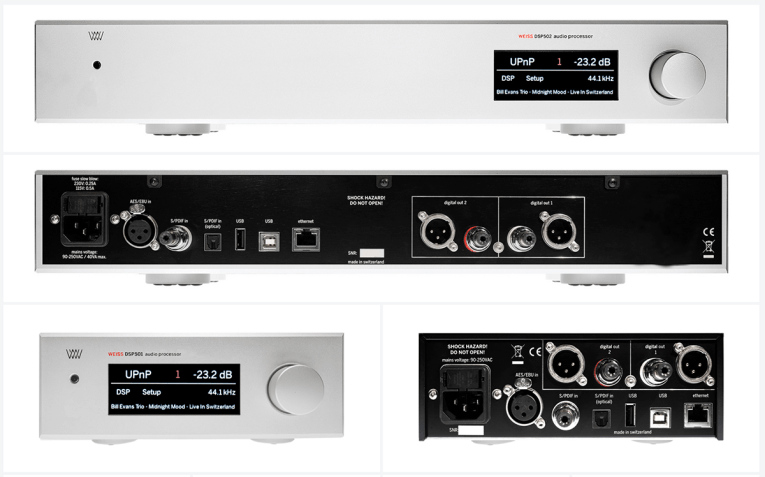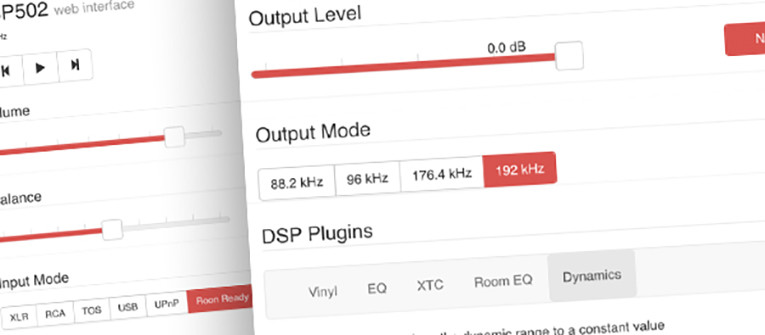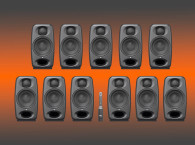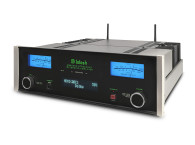
Weiss Engineering has a 30 year history in designing signal processing algorithms for the professional audio market, namely mastering studios. That same know-how has been masterfully applied to high end audio products targeting the more demanding music enthusiasts and is translated in a range of products, spanning from reference DAC and computer interfaces to amplifiers and music network players. More recently, Daniel Weiss has devoted its time to research the electroacoustic side of the audio reproduction chain, working with Swiss company PSI Audio to develop the impressive LiveBox fully-integrated Crosstalk Cancellation speaker - a system that is able to generate a convincing stereo and binaural experience from a single source system.
The fact that Weiss Engineering has now decided to apply its signal processing algorithms to improve the speaker response and room acoustics' compensation is not surprising, but is certainly very exciting.
As Weiss details in the announcement, the DSP501 / DSP502 units are a new kind of audio equipment. The DSP502 uses a larger frame but sports the same features as the DSP501 model. As Daniel Weiss explains, the units have the same features as the company's latest DAC501 / DAC502 state of the art D/A Converters. Only, the DSP50x units have a digital output instead of an analog one. This allows to connect a separate D/A Converter to the DSP50x or to use it to feed active speakers with digital inputs.
"With the DSP50x we are creating a new high-end audio unit which hasn't been available on the market before. It is a digital signal processor with various algorithms with the purpose to enhance the audio signal or to adapt the audio signal to the room acoustics or speakers at hand," the company states.
"More and more high-end speaker models are active, i.e. have built-in amplifiers and some of them even sport digital inputs in order to keep the number of A/D and D/A conversions in the signal chain at a minimum. For such a speaker the DSP50x is the ideal front-end. It is Roon Ready and thus supports playback directly from a NAS or via Internet streaming (Tidal, Qobuz, radio) or from a computer etc. USB and S/PDIF and AES/EBU inputs are there as well. The DSP50x plus an active speaker makes for a minimalistic system with a great sound and all the features needed," Weiss adds.

Weiss also reveals that more algorithms are in development, including some exclusively for headphone based playback. And speaking of headphones - the Weiss DSP501 / DSP502 processors sport two outputs with two separate DSP signal chains. This allows to select output #1 for speaker based playback and switch over to output #2 for headphone based playback. Both outputs using different DSP algorithms.
The Weiss website lists the full features and specifications for the new digital signal processors.
https://www.weiss.ch/products/dsp501-dsp502-processors







